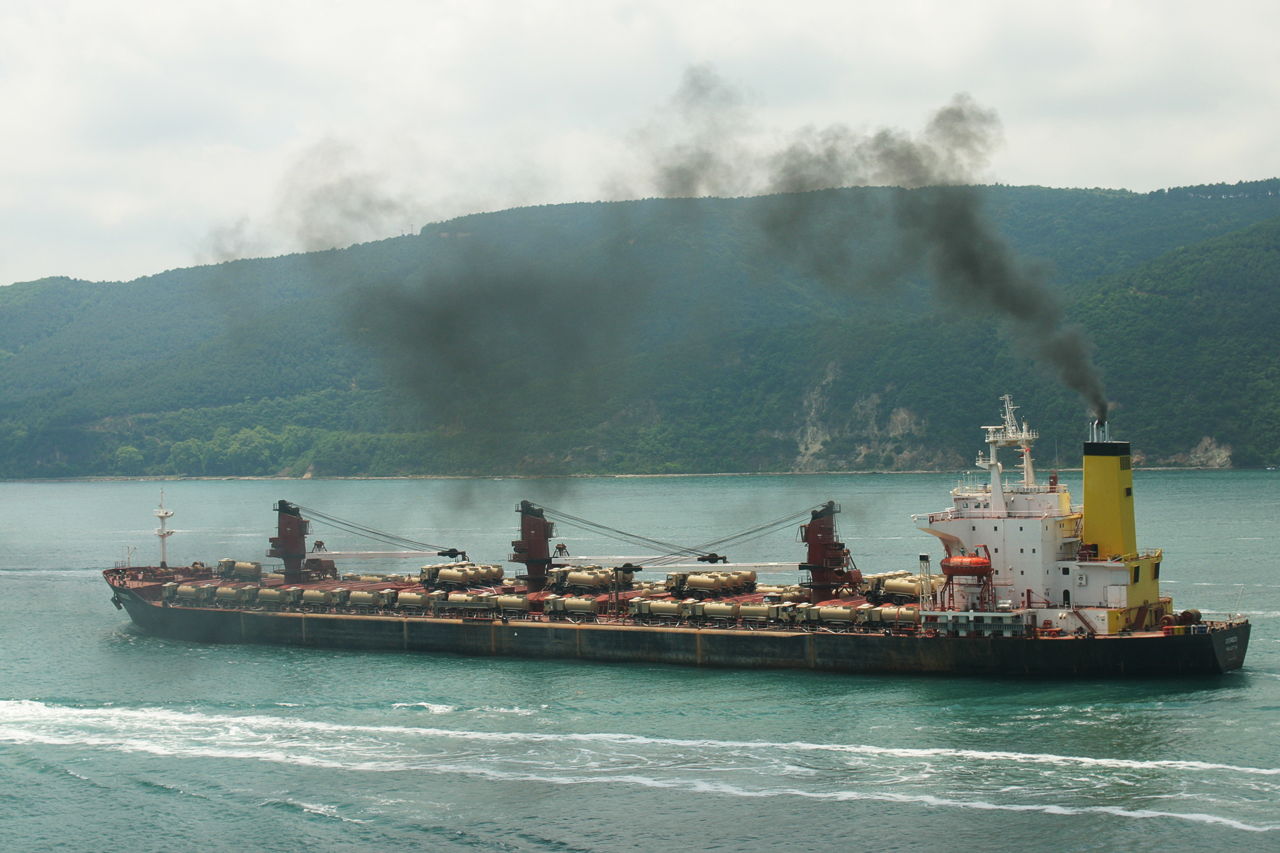Together with the VTT Technical Research Centre of Finland (VTT), Valmet pilot tested the use of a marine scrubber and a wet electrostatic precipitator to reduce particle emissions from ships by up to 99 percent.
With a history of over 200 years, Valmet is a global developer and supplier of process technologies, automation and services for the pulp, paper, energy and marine industries.
The International Maritime Organization (IMO) has set a goal to reduce total annual GHG emissions from international shipping by at least 50 percent by 2050. The European Union has already imposed regulations on CO2 emissions.
IMO’s regulations on air pollution, on the other hand, have so far addressed only SOx and NOx. Nevertheless, the awareness concerning particles and black carbon emissions is growing. Studies have shown that particle emissions can also influence climate and health.
Tightening regulation encourages shipping companies to create more environmentally friendly ships. To support this goal, Valmet started a project to reduce particle emissions in medium-speed ship engines with the combination of a closed loop marine scrubber and a wet electrostatic precipitator (WESP). Valmet’s ambitious target was to get below the emission levels of the Euro 6 standard, which regulates motor vehicles.
As the idea of installing both a scrubber and a WESP simultaneously was completely new, Valmet needed a partner to research, pilot test and configure the engine setup.
Successful pilot tests yield astonishing results in cutting emissions
The pilot testing and configuration project was a collaborative effort between Valmet and VTT. While Valmet provided the marine scrubber and the WESP, VTT had a suitable engine and the research equipment that could be used to validate how the installation affects emissions.
“VTT had a medium-speed diesel engine that runs on heavy fuel oil, the equipment for demanding pilot tests, top experts and the scientific know-how to publish the test results. This combination is very rare globally, which made it easy to choose VTT to validate and optimise the engine setup,” says Juha Jokiluoma, Product Manager at Valmet.
After the engine setup was ready, VTT studied the emission levels for:
- black carbon and particle number and size
- sulphur dioxide
- carbon dioxide.
Finally, the engine setup was validated for seaworthiness with an inclination test.
“At VTT, we had already studied the emissions of ships that have a marine scrubber installed. This way we had experience of the challenging measurement conditions related to scrubbers and also comparable data on the emission reduction potential of the new setup,” says VTT’s Senior Scientist Kati Lehtoranta.
After completing the testing and configuration phase, VTT started to prepare a scientific paper to publish the astonishing results of combining the marine scrubber and WESP:
- Particle emissions decreased by more than 98.5 percent, both in terms of number and size.
- Black carbon emissions decreased by 99 percent.
- The engine setup functioned perfectly in the inclination test.
“The engine setup that included the scrubber, the WESP and the measurement equipment was huge and required a lot of configurations. Especially the tilting process was delicate. But now we know that, along with reducing emissions, the scrubber and WESP function at sea,” Lehtoranta continues.
Clear benefits pave the way for a global go-to-market strategy
The successful reduction of emissions and the validation of seaworthiness enabled Valmet to start creating a global go-to-market strategy for their solution.
“The solution brings so many benefits that we believe it has enormous business potential. Emission regulations are bound to tighten in the upcoming years. Valmet now has a solution that can be installed both on newbuilds and already operating vessels that still use conventional fuels. That enables shipping companies to significantly reduce particle emissions, while continuing their operation normally,” says Jokiluoma.
Source: VTT





